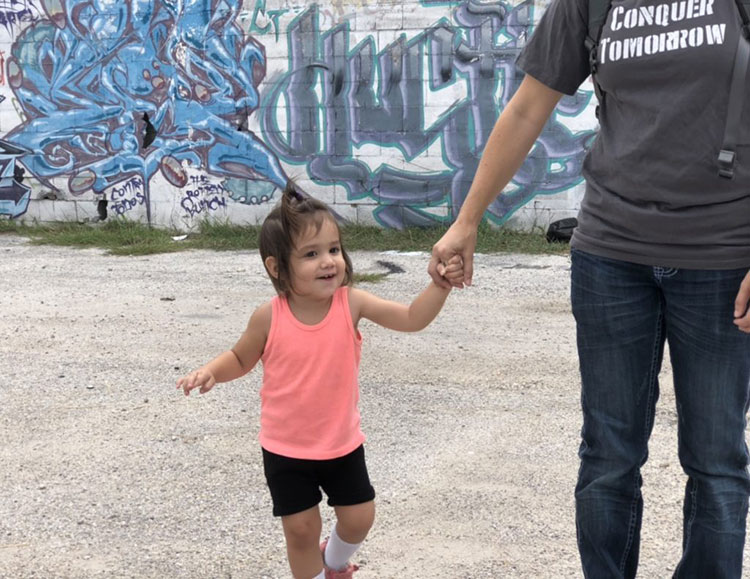
Teaching kids situational awareness is probably easier than teaching adults the same skill. Kids come from a place of curiosity and wonder about the world around them. They are eager to learn – while adults come from a place of normalcy bias; they want to live in a perfect bubble of nothing bad ever happening.
Kids are malleable and the sooner we’re able to teach them, the more likely they’ll carry these skills with them throughout their entire life.
I’ve always started my kids off early with preparedness, though I’ve never called it preparedness. Our lives are filled with dehydrating, canning, checking bug out backpacks, running mock drills, camping, making fires, etc. That’s just life. They’re outdoor girls and love being engaged and helpful in any capacity.
Kids find delight in their parents’ praise, love, and admiration – and they look to you as a source of never ending information and guidance. They crave knowledge, activity and most of all, they love to do things with you.
One of the best ways to teach our kids situational awareness is to play with them. Kids tend to retain the most information through games. Kids are already incredibly observant on their own, but we can hone their observation around the places we visit everyday.
7 Ways to Teach Kids Situational Awareness
1 – Play ‘I Spy’
My four-year-old absolutely loves to play I Spy. ‘I Spy with my little eye, something red.’ ‘Is it the red exit sign?’ ‘Yeah!’ It’s so simple and perfect. It encourages them to look around and find certain objects. It can be anything, really. It doesn’t have to be observing exit signs, but rather, just get them to notice the world around them.
2 – How Many Can We Find
How many doors can we find. How many windows can we find. How many bathrooms can we find. How many signs can we find. Again, this is a great exercise to explore our surroundings. The purpose of this game is to see who can find as many of the designated things as possible.
3 – Draw a Map of Your Area
This is great on a variety of levels. It offers them insight into their own neighborhood, as well as forces them to be observant around the area around them. How many street signs are there? How many turns? Types of buildings/houses? Are there any bridges or waterways?
Go for a walk or bike ride and physically map out the area around you. Alternatively, you could print out a street map and try to find everything that’s on the map.
4 – Stop and Listen
Sit in a park and point out the noises you hear. ‘I hear a bird’, ‘I hear a fountain’, ‘I hear someone talking.’ These help your child tune into the sounds around them. Instead of just using our sight, we’re also activating our hearing.
5 – Identify Baselines
What are people doing while you’re out and about? Shopping? Chatting?
This is what is called a baseline. Chat with your kids about what’s going on around them. When things are out of the ‘baseline’, they’ll pick up on it.
6 – Establish Code and Safe Words
When it comes to potential threats, you should always have code words to signify to your children that it’s ‘go time’ or rather that there’s some type of threat. It should be a word that isn’t used often and would be completely out of context if it was randomly said.
This is the same for safe words. These can be vocally spoken or can be texted. Randomly ask what the code words are to help keep it top of mind, and also help them understand when and when not to use the code words.
7 – Have a Plan
Talk to your kids about meeting points. If you and your kids get lost in a grocery store, tell them to head to the car (if you think they’ll old enough to be trusted to do this on their own). Ask them to lead you out of the store to the car one day.
This is a great exercise in observation as well as navigation. Or tell them to head to the customer service desk. In general, remind them to stay in a crowded place (unless they’re old enough to meet at and stay at the car).
Summary

In general, teaching kids situational awareness is all about asking consistent questions. Where did we park? What color is our car? What color shirt did you have on yesterday? What’s the color of that building? Where are the exits? Where are the windows? So on and so forth. They should be playful and engaging, not a drill.
Tap into kids’ already-existing curiosity and top-notch observation skills with consistency. Praise them often and offer constructive advice when necessary.
Kids are eager to learn, so let’s teach them a skill that could potentially save their life and lives of their loved ones. Before you know it, they’ll even be ready to bug out.
